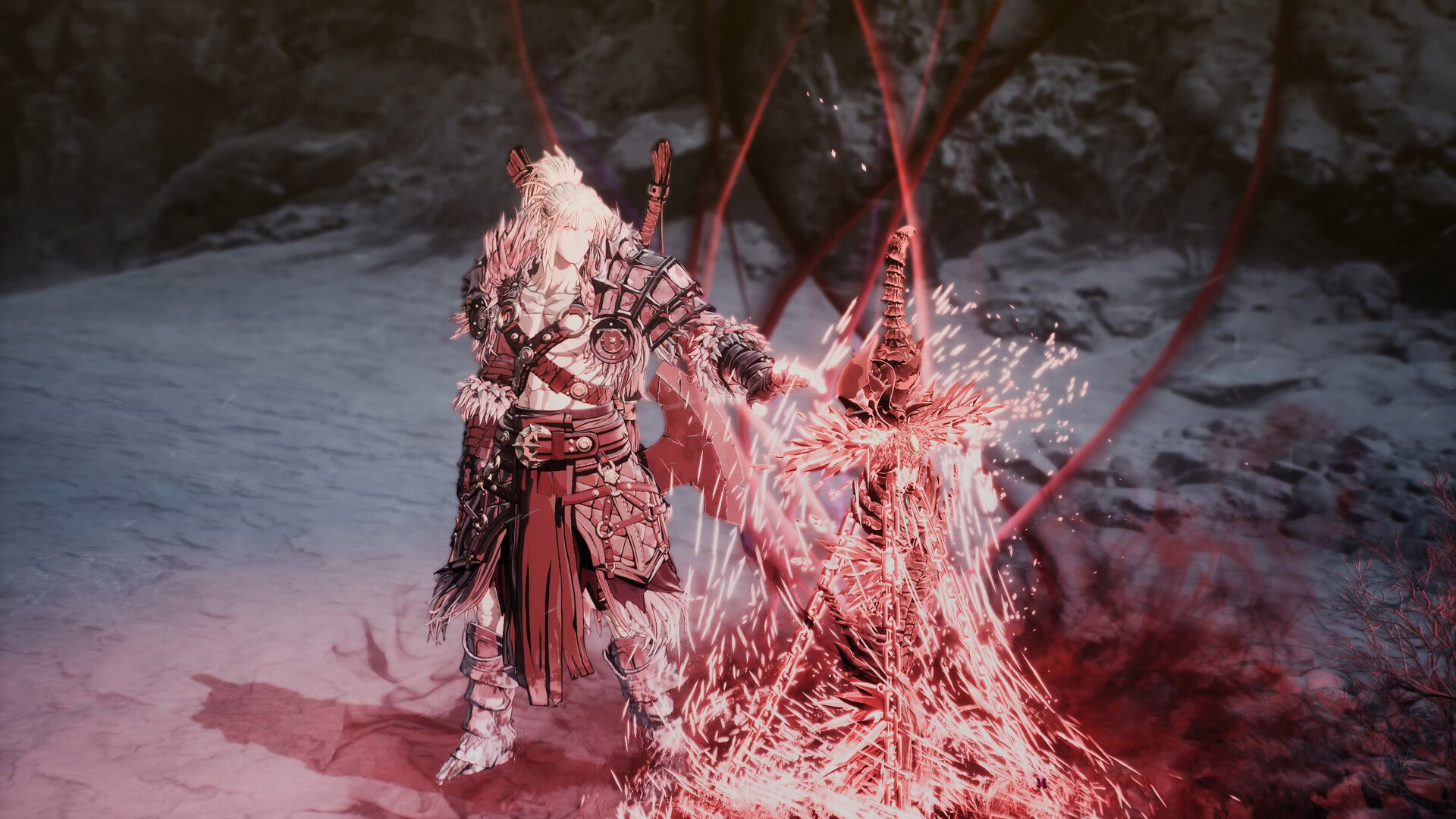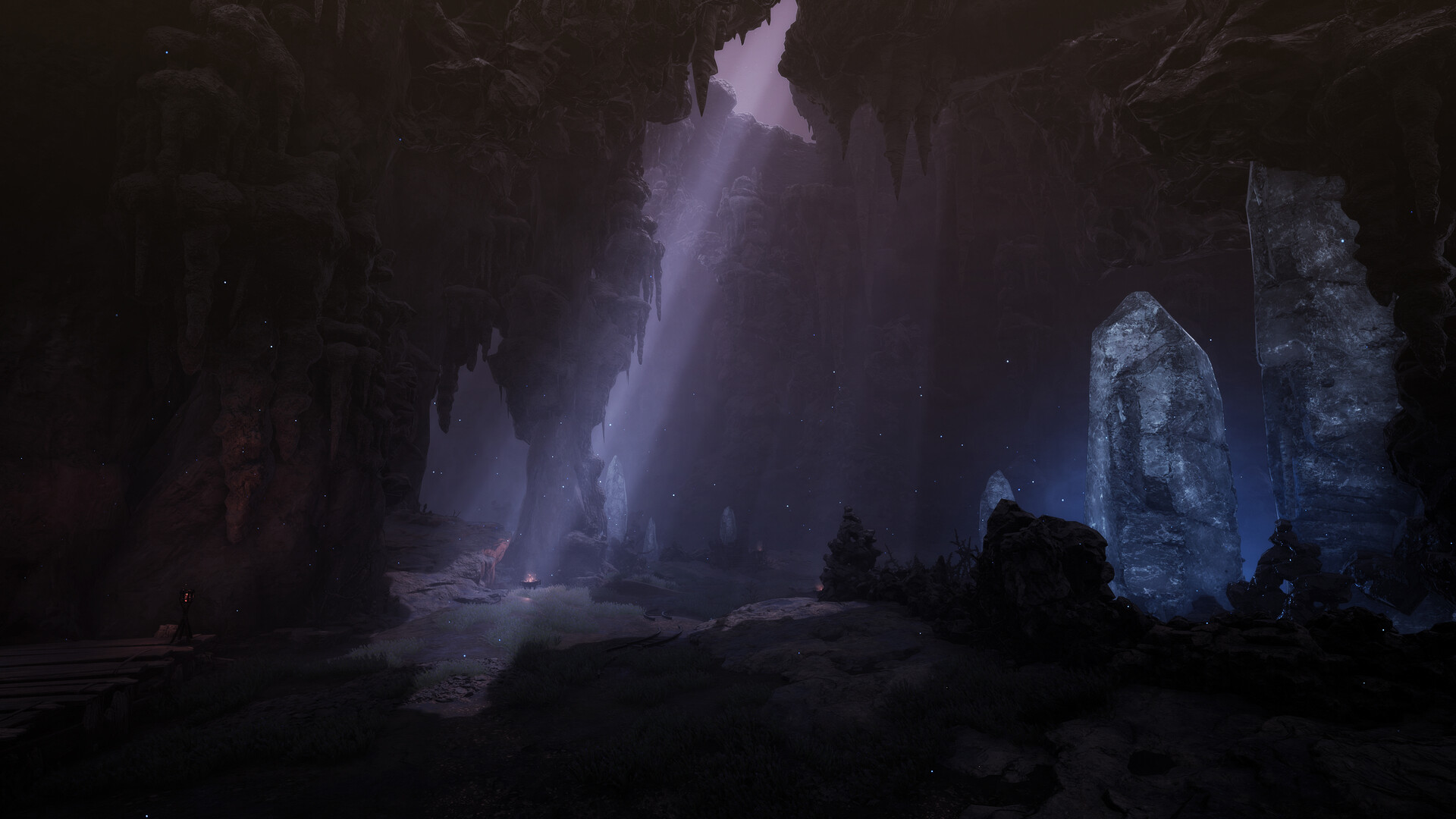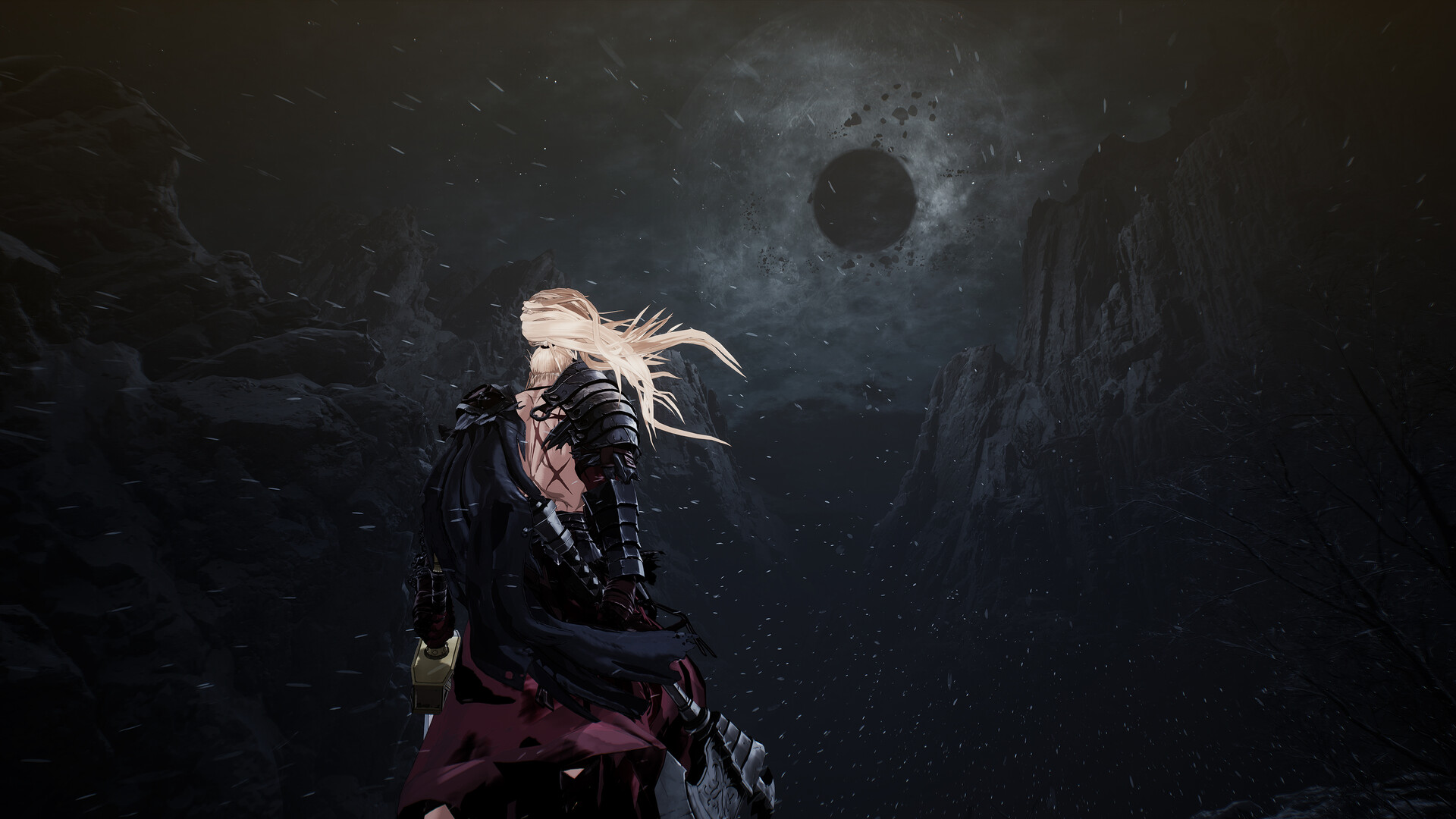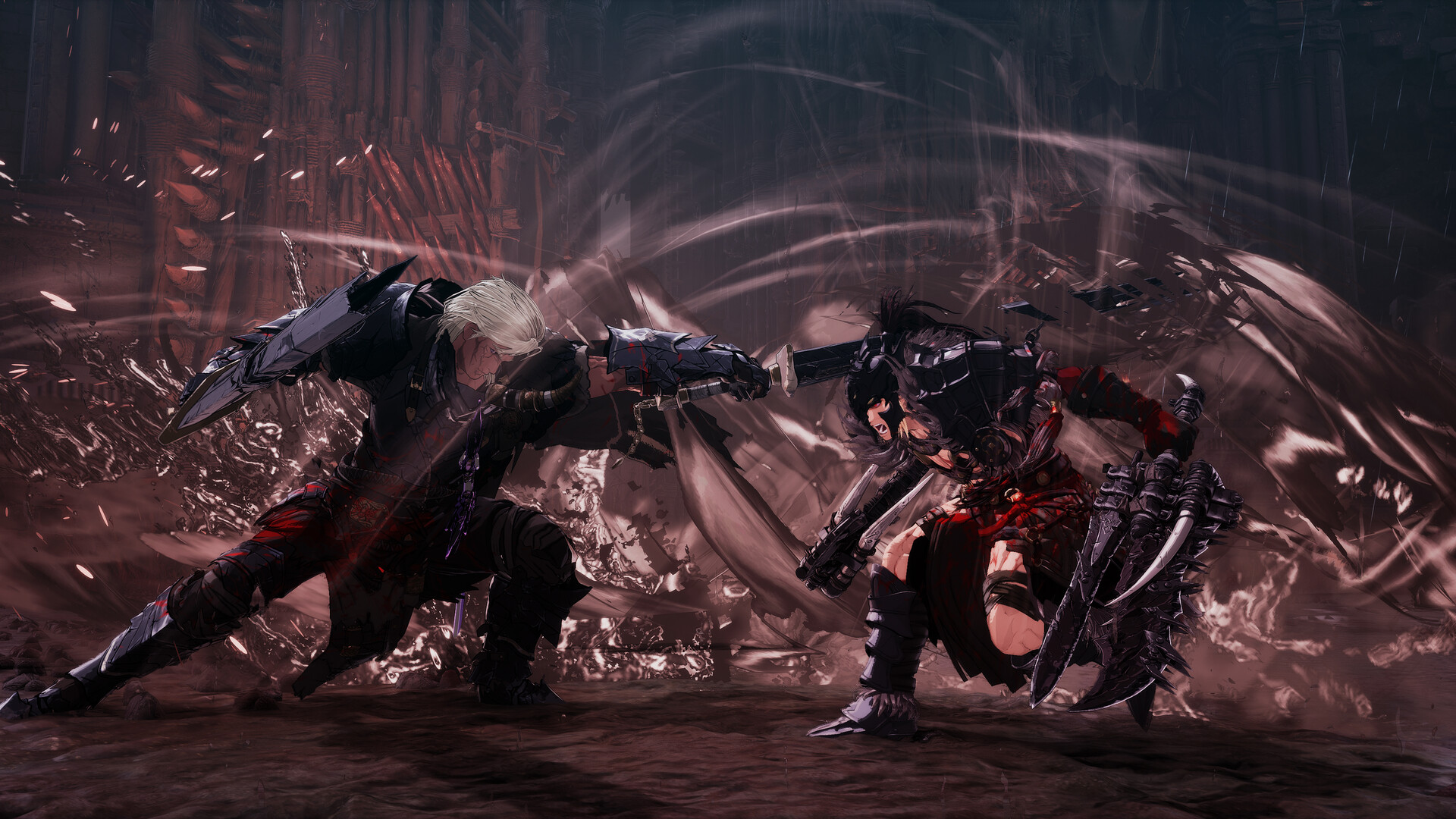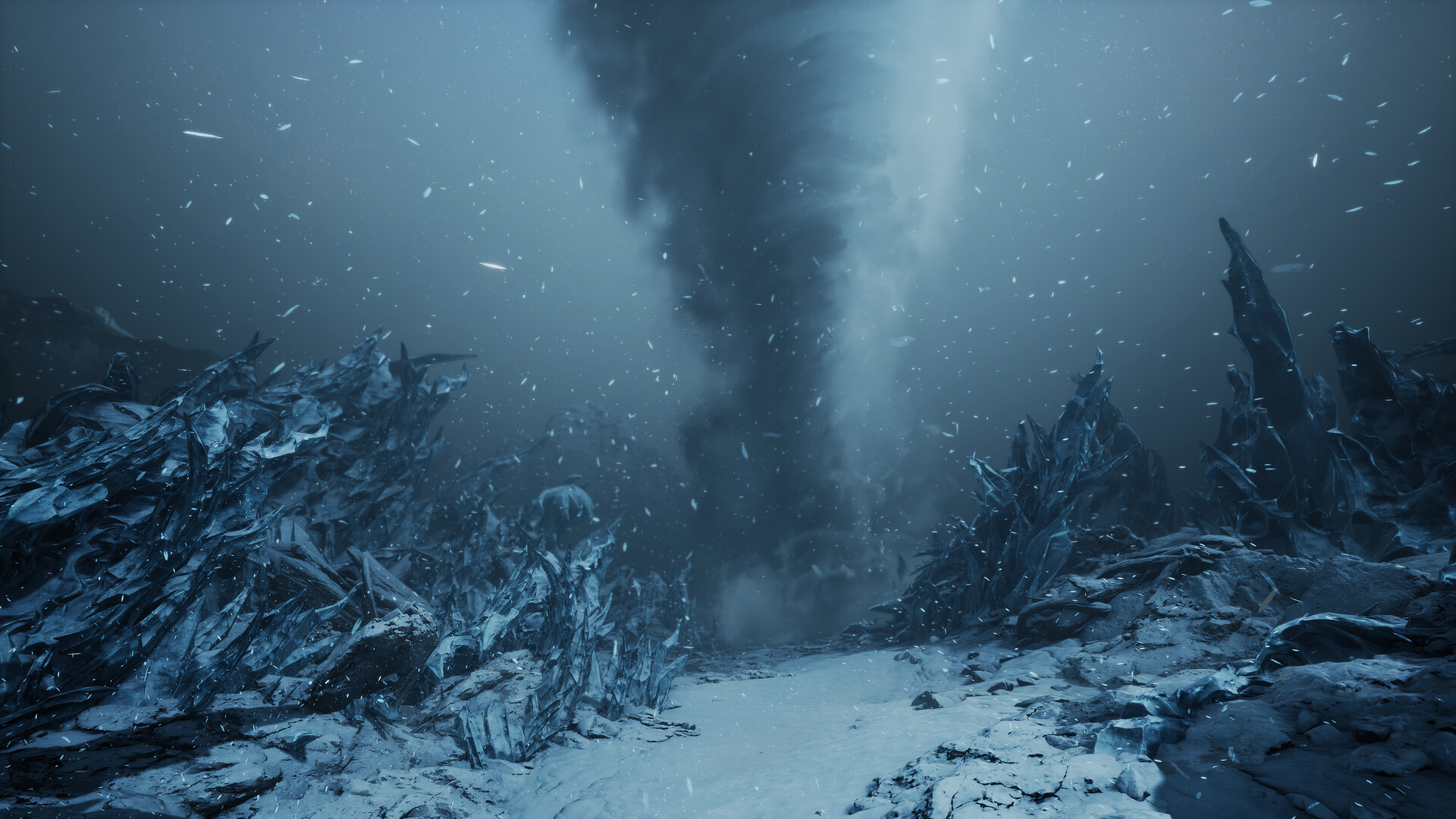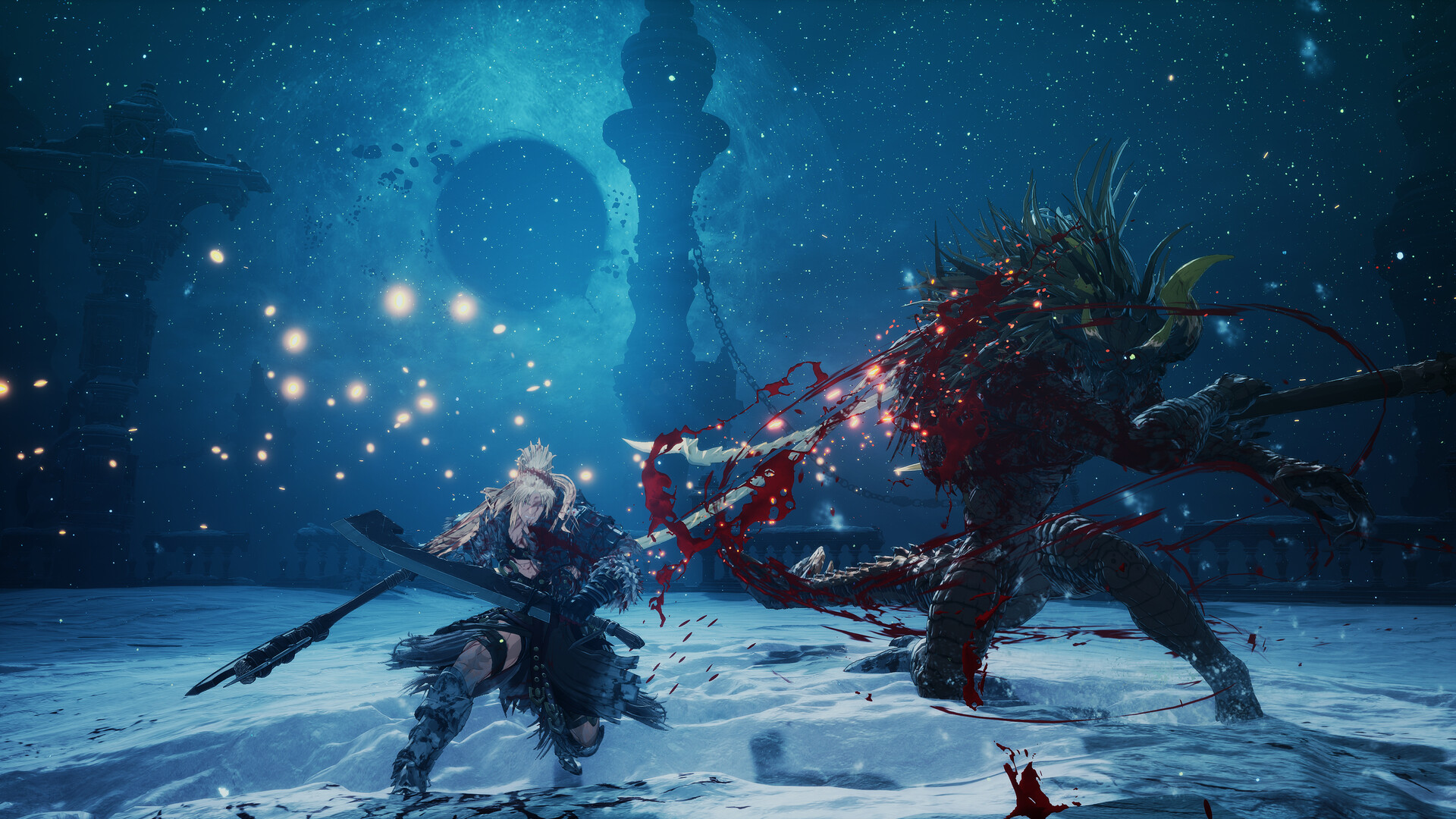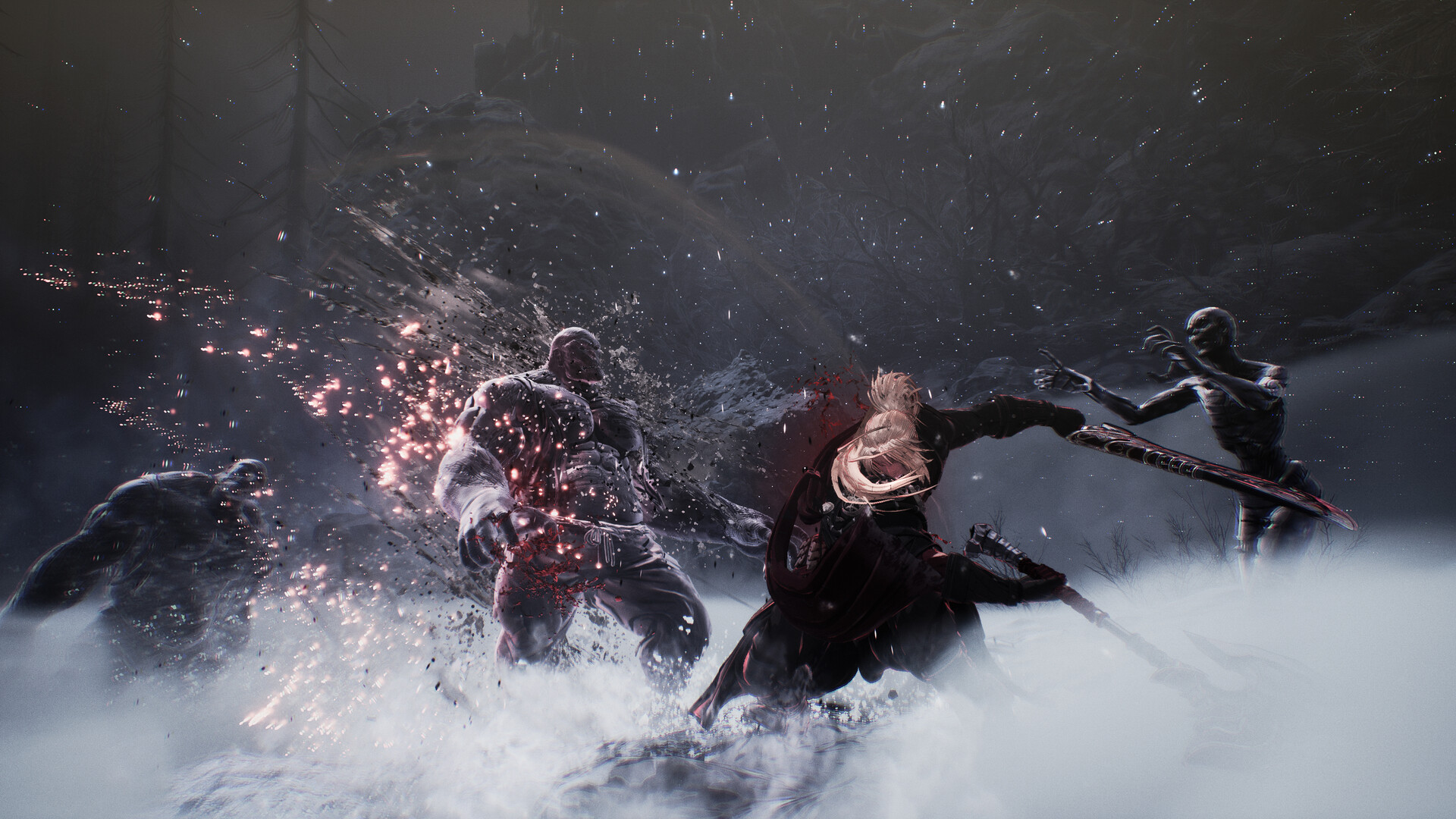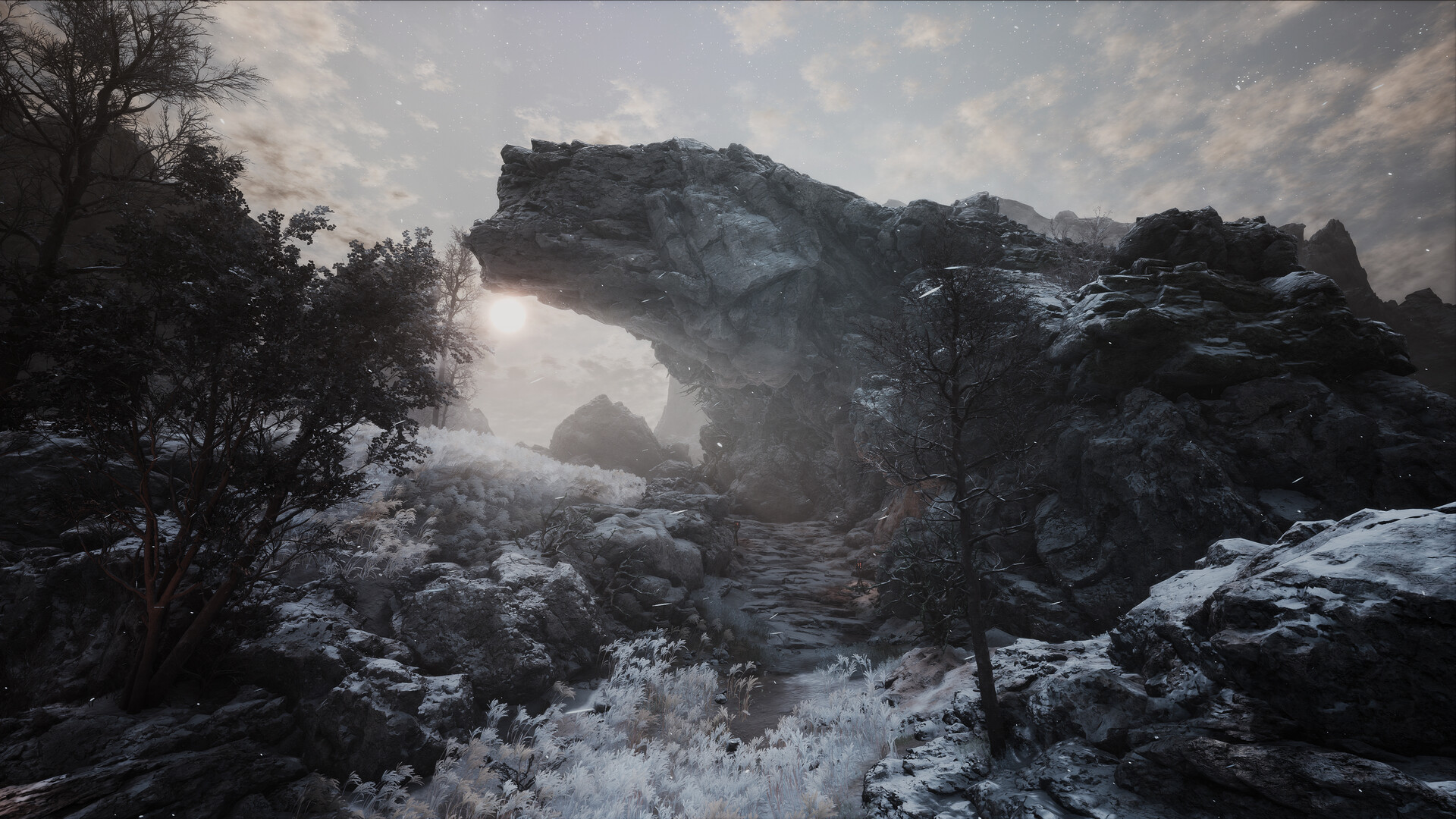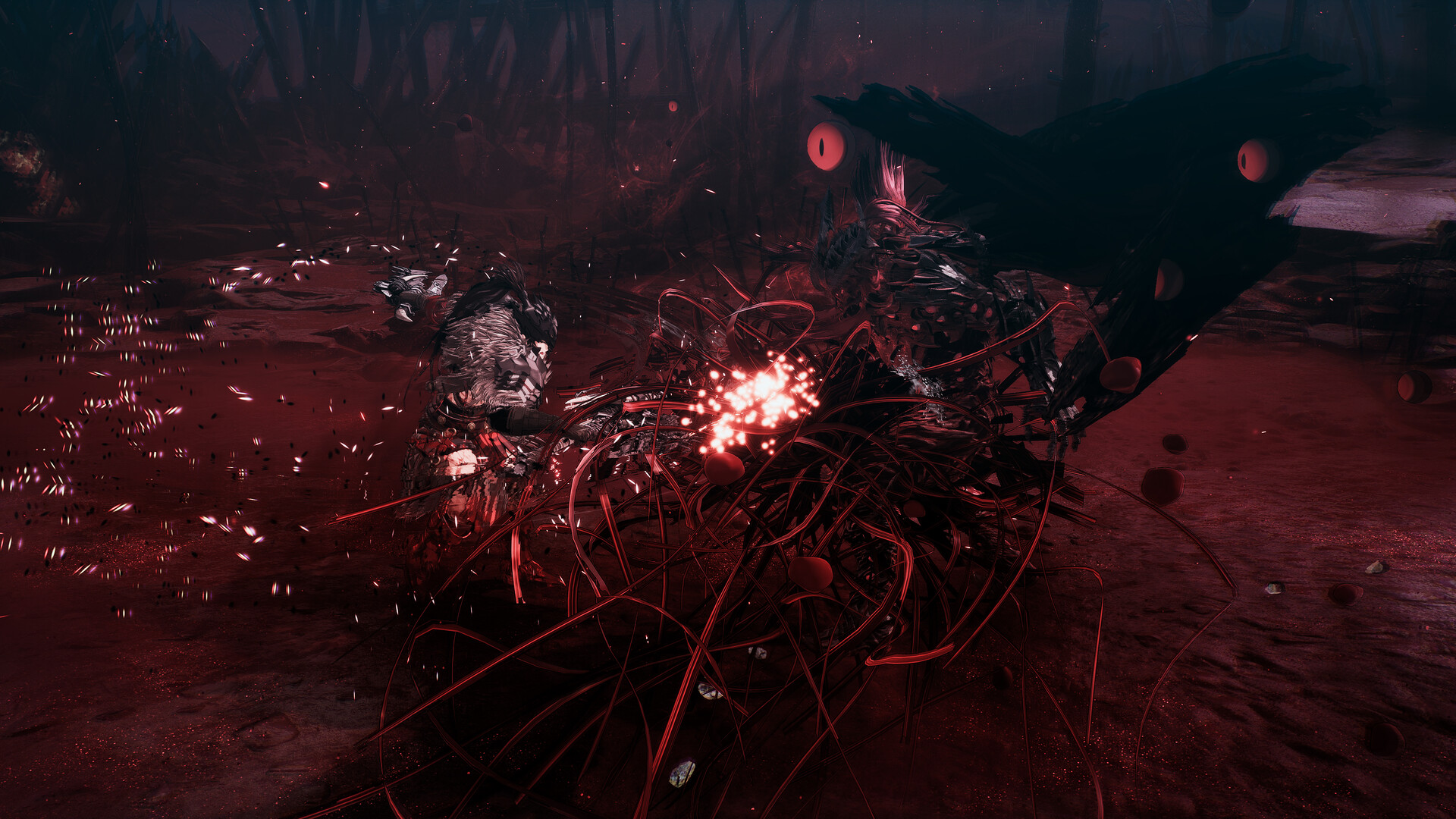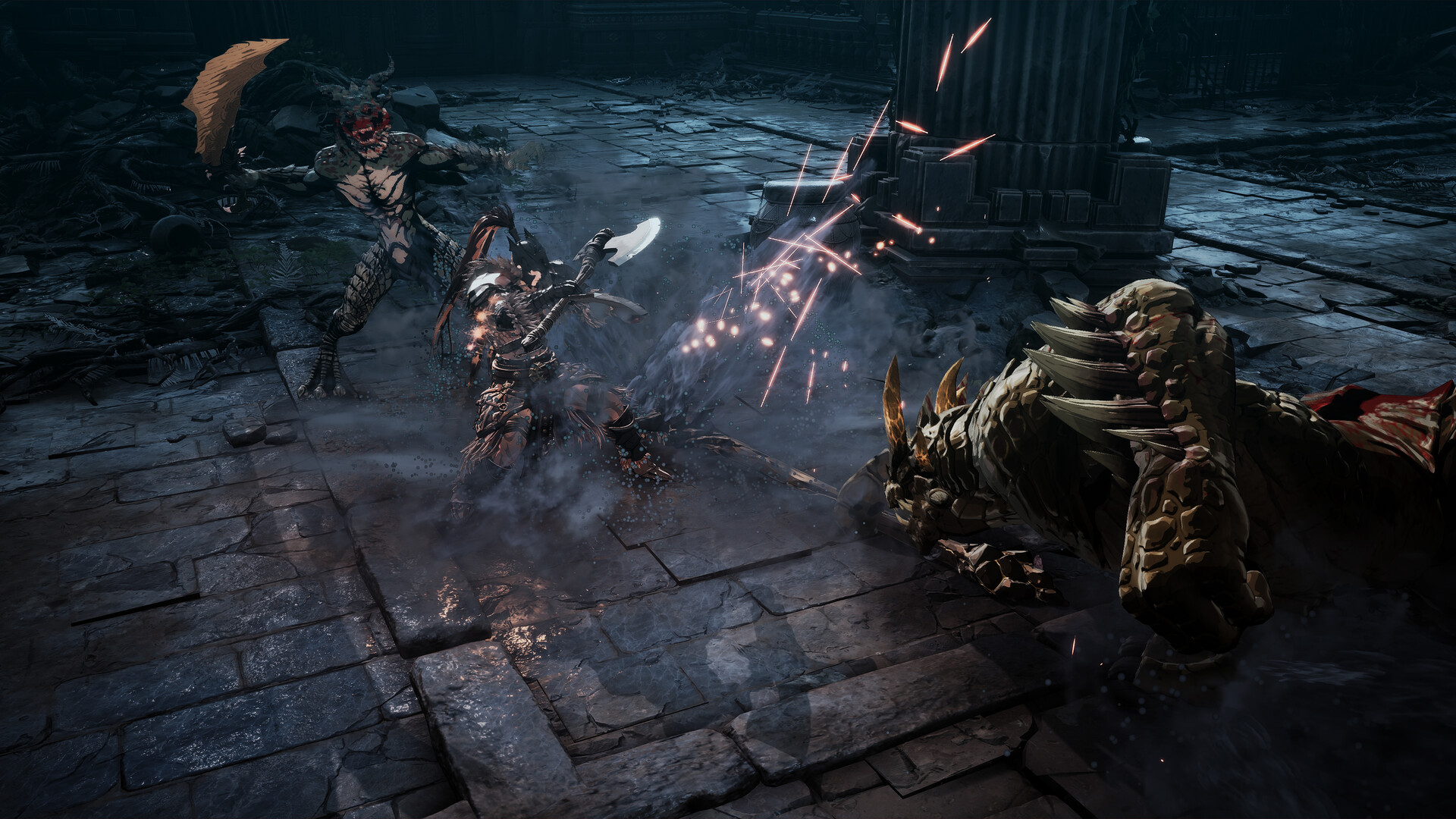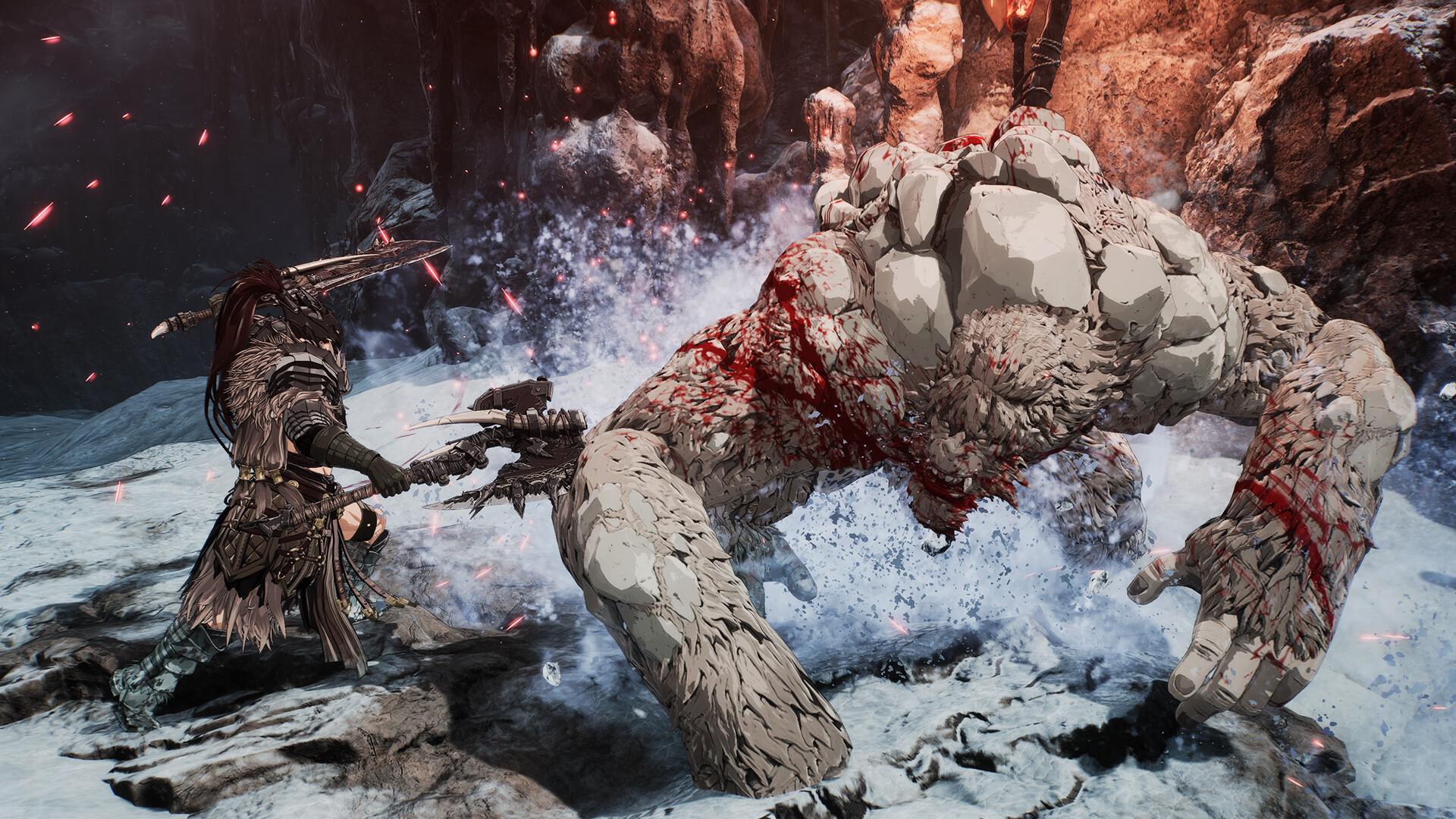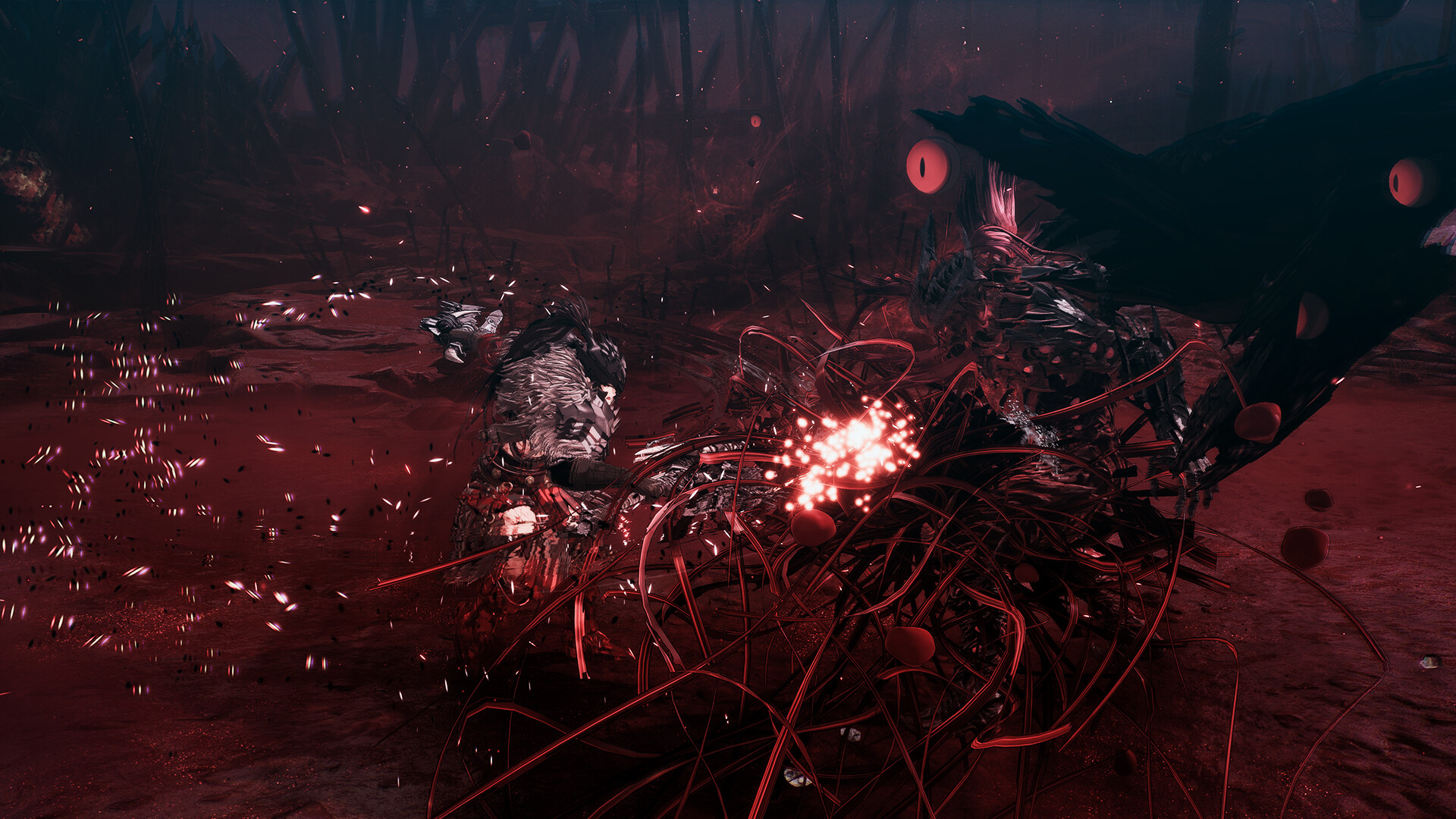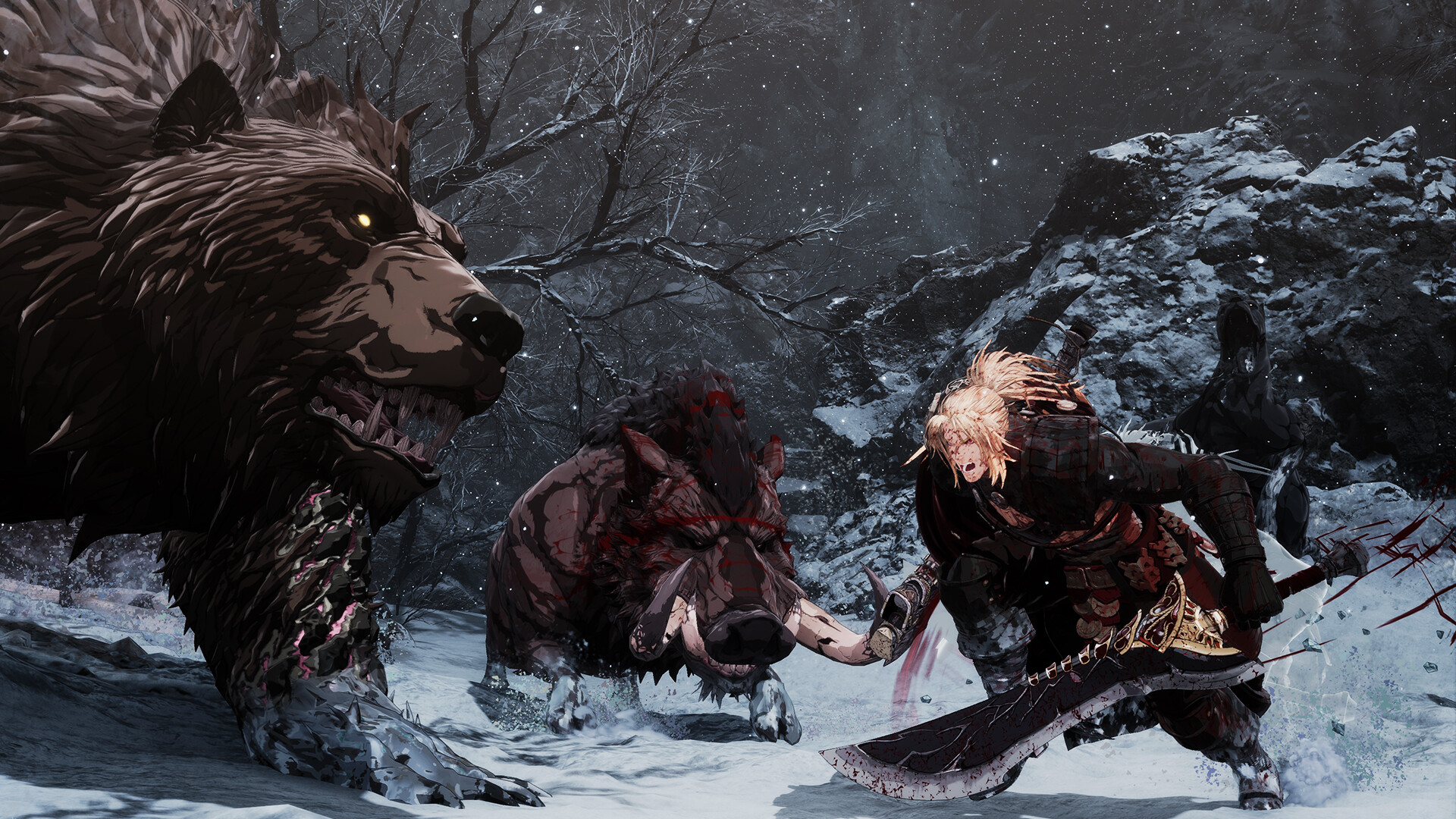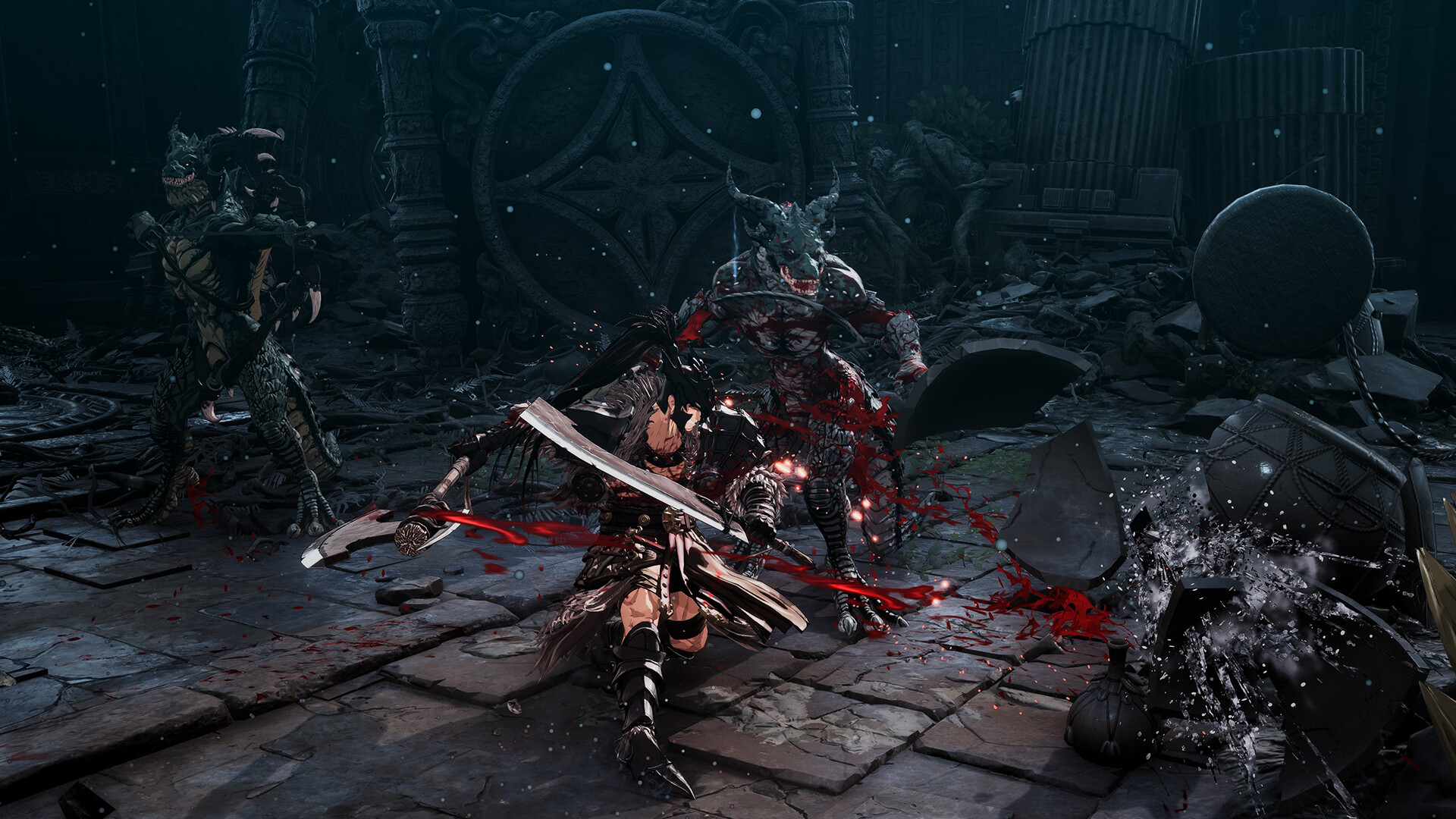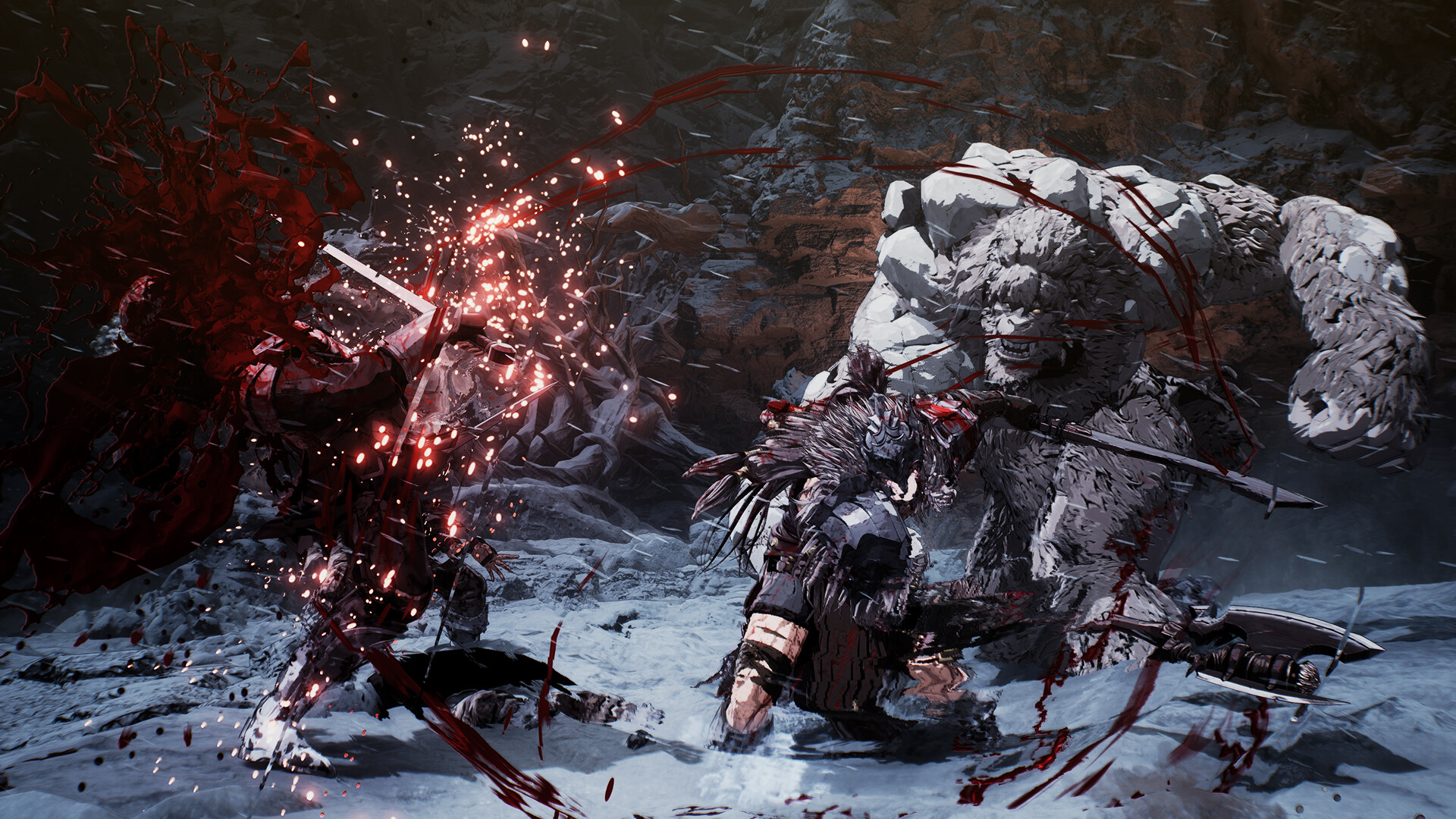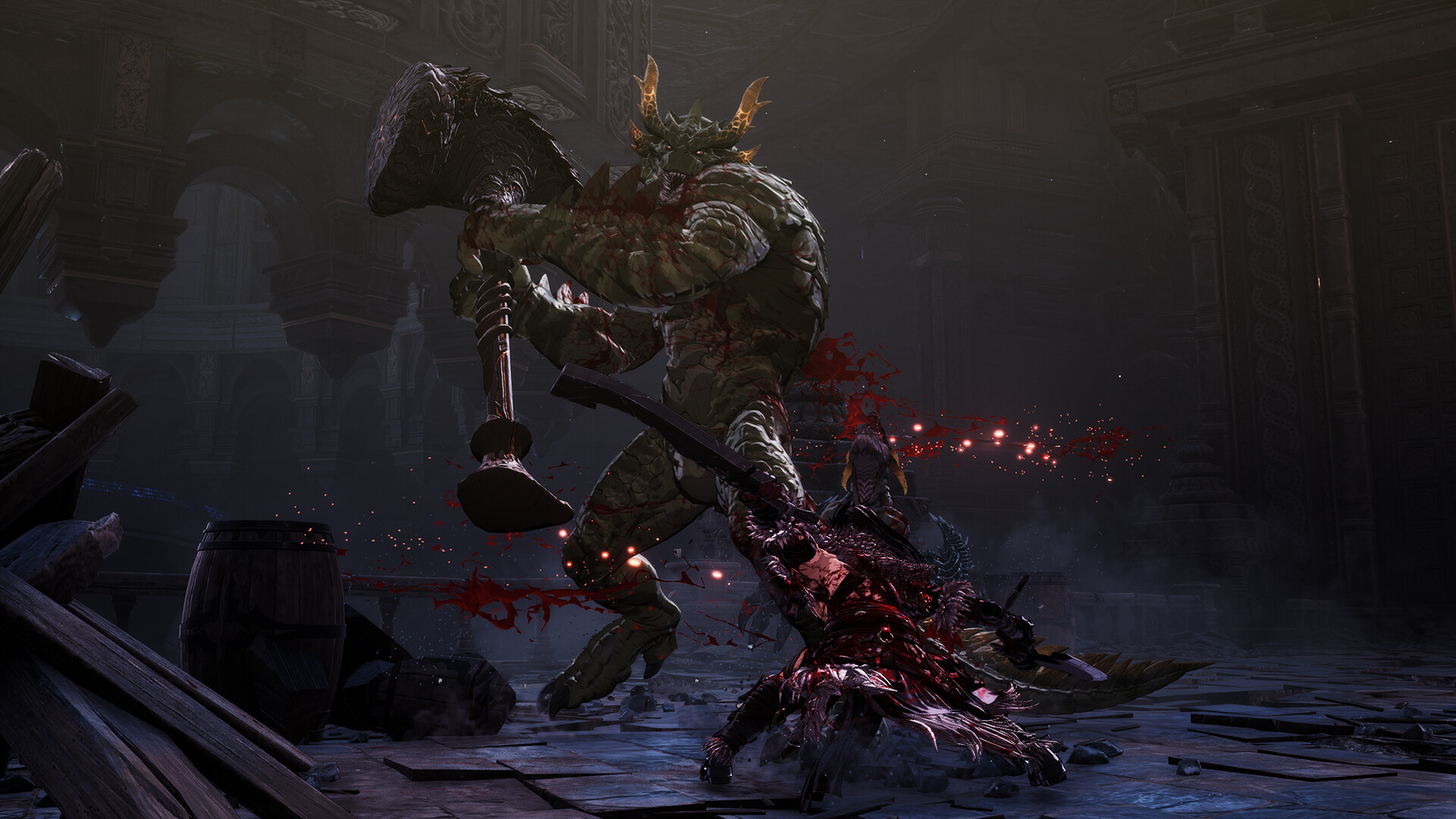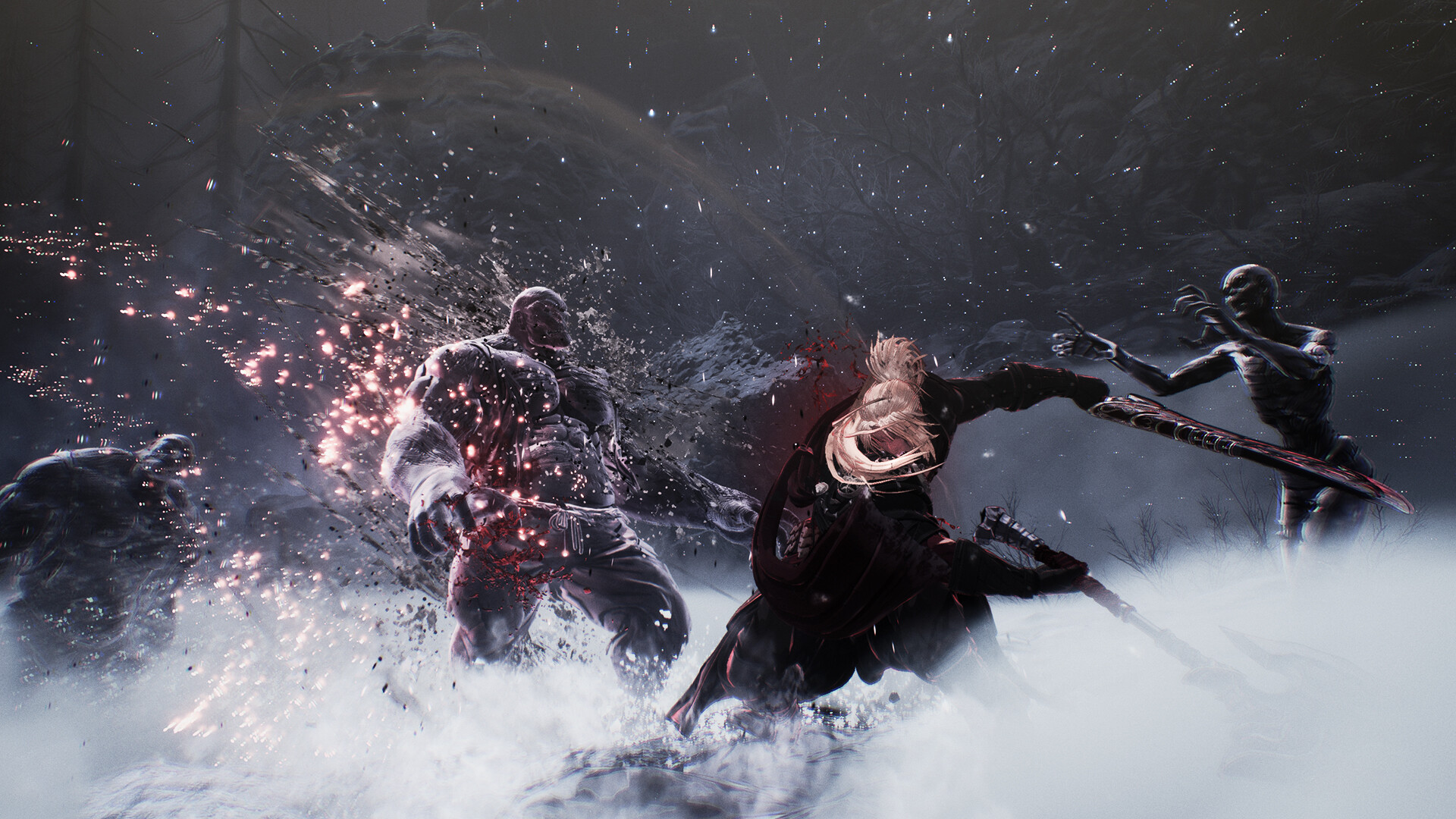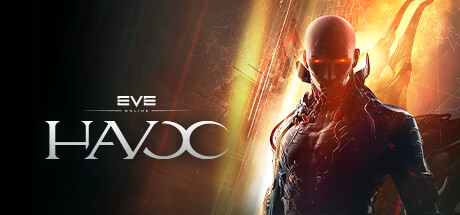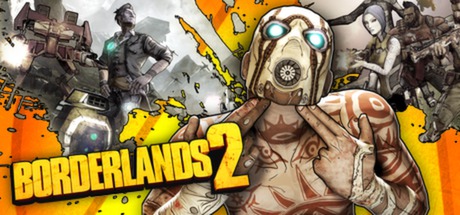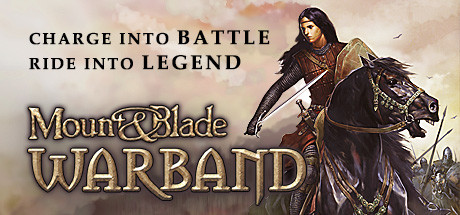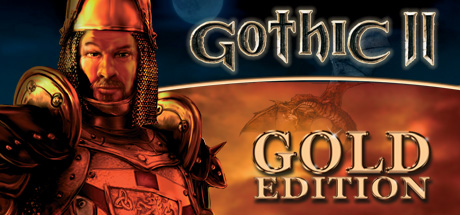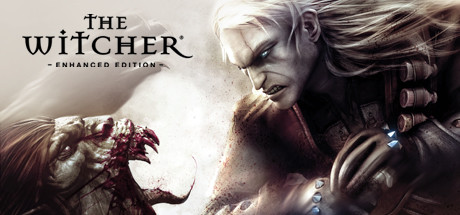Playtime:
4315 minutes
[b]The First Bereserker: Khazan[/b] is a game that is not shining as bright as it should, but it truly deserves the word-of-mouth praise it has been getting, despite recent uproars over cosmetic additions and difficulty tweaks. We’re seeing a very interesting divide in the Soulslike genre in recent years, and I feel that Sekiro and Nioh were the starting points of that shift, which led us to 5-star gems such as Lies of P, Nine Sols, and now Khazan. Instead of following in the footsteps of From Software’s design of slow and tactical gameplay with open-ended build-variety that can be broken in more ways than one, we now are seeing tightly-designed faster-paced action games that have an intended experience of challenging melee but with a fully-developed kit that empowers the player to truly feel like they are getting good.
It’s this growing trend that has made me appreciate what Khazan managed to accomplish, despite some flaws I can point out.
The mechanical depth is the star of the show here, and it is a marvel just how unbelievably fluid and tight everything feels in this game. While you only have three weapon archtypes to focus on, their playstyles and numerous options will leave you with a desire to keep refining your combos and options from beginning to end. It was very smart to allow skill-respecs on the fly, because you will oftentimes find powerful skills that should be great on paper, but end up not giving you the edge you, personally, need. So? You swap and try other skills until you find that sweet-spot that allows you to dominate in your preferred fashion. Defensive options are greatly packed, as you are actively rewarded for both dodging, blocking, counter-attacks, and reflection-parrying; I want to say that I never cared much for this game’s reflection-parry option, but the other options are dopamine-overdoses to consistently pull off during the many boss fights within the game.
Speaking of, there’s a pretty fun roster of bosses. Each one feels like it is doing its best to out-do the previous boss, and this momentum lasts all the way to the very final showdown, which might possibly now be my favorite final boss fight in the genre next to the likes of Nine Sol’s final boss and P’s DLC finale. Khazan falls into the same trap Elden Ring has of having recycled boss encounters during its side-missions. I’ll give credit and say that I was more forgiving of the repetition in Khazan than I was in Elden Ring, and it mostly just comes down to one factor: All of the bosses in Khazan are just more fun to fight. Every time I got to a side-boss door, I wasn’t thinking, “Bleh, gotta fight this guy again...” I was thinking “Sick, I get to now wreck this guy with my new combo I discovered!”
Audio deserves some mention, because while the sound-track was hype-enough during its boss encounters, I want to highlight the ambient tracks for the stages, themselves, as they did a great job setting the atmosphere. Khazan isn’t telling the most original story or setting, but I was getting great vibes throughout thanks to the ambience of the visuals combined with the audio. The ultimate showcase of the audio, however, comes from the impact-feedback of the combat. Whoever provided the audio cues for the brink dodge/blocks/counterattacks, as well as the sounds of the clashes and enemy guard-breaks should given a dramatic salary bonus, because those cues helped really sell the feedback of the combat. The audio-cues even help in many ways during combat, as some of the hardest attacks to avoid can be easily avoided thanks to subtle audio-telegraphs.
The shortcomings are there, but I’m quick to forgive them on this. The story is what I’d call: Satisfactory. Not incredible, but not boring. It’s your typical revenge-mission, cranked up to 11 with the sheer amount of obstacles thrown at your protagonist. There are some moments that punch higher in the writing department than the total experience, but I’d say it never became bad. Voice talent definitely makes up for it, with Ben Starr of FF16 and E33 fame leading the charge with the usual gusto he provides. The other real shortcoming is the repetition through side-missions, which effectively take previous stages and re-arrange them into bite-sized chunks of content. I was never bored during these thanks to the combat, but I was never excited to do them, either. I have to wonder if I would have been happier if they didn’t exist, opting to, instead, concentrate on making main missions as polished as possible.
The overall experience left me more than satisfied. I even went out of my way to immediately do a full playthrough of the recently-added Hardcore difficulty after finishing my first Expert playthrough, and I have to celebrate this addition, as it actually made the game even more fun for me with the added tension of the restricted camera and hidden health/stamina of the enemies, which really tests you to know the game inside-out; special shout-out to the high-risk high-reward element of the enemies not only doing more damage, but also you doing more damage to make fights that much more intense. There were a [i]few[/i] boss encounters I can think of where the Hardcore camera was rough to deal with, but it was such a neat addition that I was happy enough to do a full second playthrough with it.
If you are a fan of this action-driven take on Soulslikes in the vein of Sekiro and the above-mentioned, you absolutely should play Khazan.
👍 : 3 |
😃 : 0






